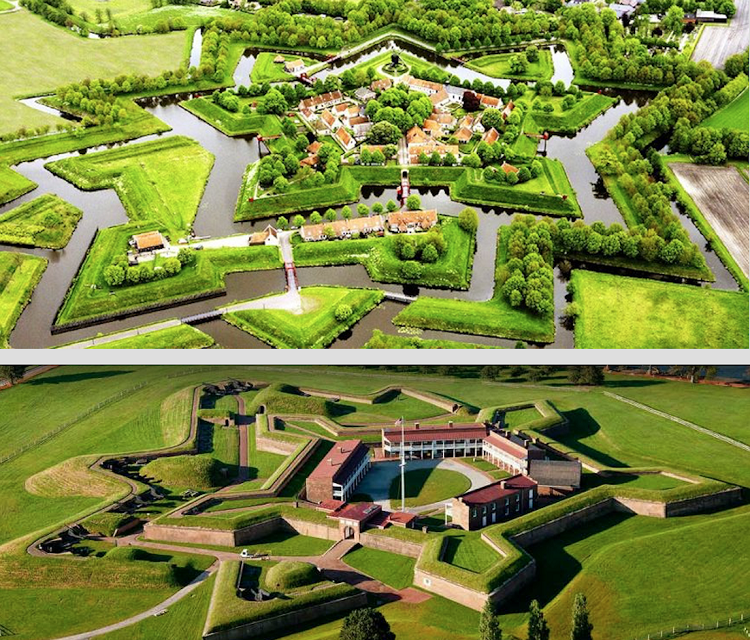by E.A van Abbenes
ONCE upon a time Roger Taney had a new office built. He had a thriving practice as an attorney in the small town of Frederick, Maryland, and he decided he needed a bigger office. But before he could set up business there, he was called to Washington, DC. Roger Taney next served as Chief Justice of the U.S. Supreme Court for nearly 30 years.
The man became permanently infamous as the author of the Dred Scott Decision, the ruling that decided that all non-white residents in the United States did not have the same rights as all people who looked more like Roger himself. It led directly to the Civil War. Taney, now dead for 160 years, lies in a nondescript grave two blocks from his never-used office.
HIS WIFE Anne’s brother, Francis Scott Key, rests a few blocks south, also in Frederick. They virtually built him a mausoleum. Across the road is a baseball stadium where the Frederick Keys play, with their mascot Keyote, and a mile farther down is the Francis Scott Key shopping center, known locally as the FSK Mall. So they’re proud of him. Fair enough because Key wrote The Star-Spangled Banner.
That banner was an oversized 1,800 sq ft flag, woven of wool, and it flew high above Fort McHenry, outside the port city of Baltimore. English warships fired on the fort for 24 hours solid, last week, September 14, in 1814, but they retreated after it became clear that the fortress was impregnable. The fort commander had that flag specially made. To demoralize the enemy. It worked, because despite the rockets’ red glare and bombs bursting in air, everyone could see that our flag was still there. Three months later, England and America made peace in the Netherlands.
THAT WAS appropriate, because Fort McHenry was modeled after Dutch bastions. Fortification construction made in NL was popular worldwide, especially thanks to Baron Menno van Coehoorn, a stronghold strategist from Britsum in Friesland. His designs had everything to do with how the Dutch had since the beginning of the Eighty Years’ War become experts at how to defend a flat terrain. The Baltimore coast is flat land. Therefore young America wanted a Dutch fortress.
Willem of Orange himself had shown Van Coehoorn how it should be done. He ordered the construction of the fortress of Bourtange (top photo) in Groningen, star-shaped, using moats without water, but with moat bottoms that were mere inches above groundwater level and that flooded during an attack. The additional fortification works of slopes and ravelins and curtain walls made the fortress virtually impregnable. Van Coehoorn perfected all of that. He showed his mettle by rendering the fortress of Namur unassailable, and suddenly everyone wanted Coehoorn fortresses.
BALTIMORE built an almost exact copy (bottom photo) of William of Orange’s Bourtange using Van Coehoorn’s construction methods, and was finished just in time for the British arrival. Francis Scott Key rode his horse down from Frederick, as a spectator, and watched, mesmerized, that giant flag with holes shot in it, whose broad stripes and bright stars, throughout the assault, were so gallantly streaming. The fort held, easily. America had its national anthem for good.
* E.A. van Abbenes is a historian and writer.




